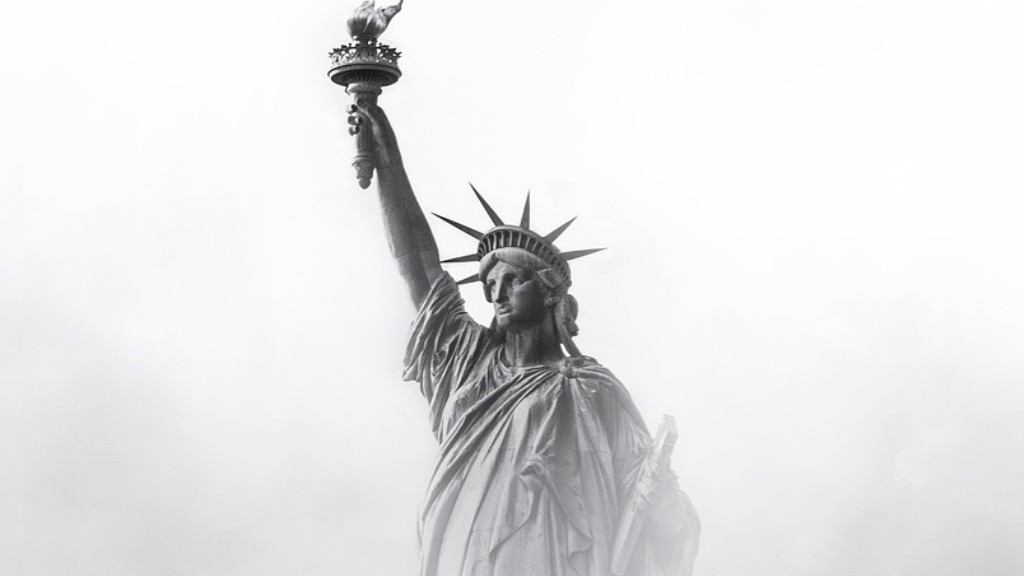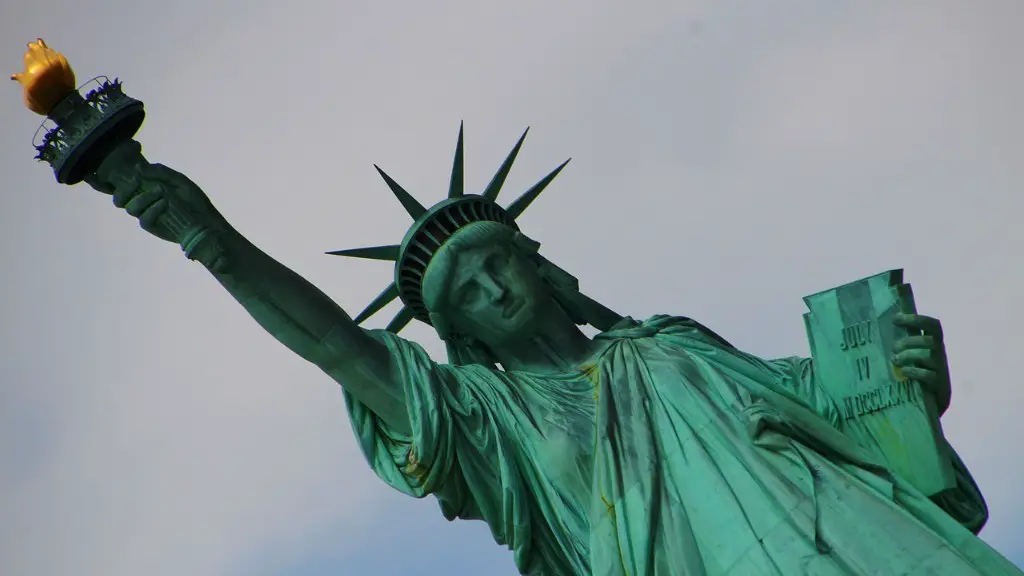Overview of the History of the Pompeii Eruption
On the fateful day of 24 August 79 AD, Mount Vesuvius erupted. This volcanic eruption was one of the most catastrophic natural disasters of the Ancient Roman era, even to this day, and the destruction it brought upon the nearby Roman towns of Pompeii and Herculaneum is still studied and remembered for what it can teach us about life thousands of years ago.
The eruption of Vesuvius was sudden and violent, and it caught the nearby towns of Pompeii and Herculaneum by surprise. In a single day, the towns were engulfed in fiery clouds of ash, smoke, and debris, burying everything beneath them in layers of hardened material. Some accounts state that sharp pieces of pumice and other rocks were sent into the clouds, and that the falling ash had been so hot that it burned people and animals alive.
Since the Pompeii eruption, the surviving town has been studied extensively by archaeologists. They have found evidence of the everyday lives of the people there, and how they were living shortly before the volcanic eruption. Archaeologists have also pieced together evidence of the aftermath of the eruption, and the impact that it had on the landscape and the lives of the people who lived there. From their work, we can better understand the impact of the eruption and how it shaped the lives of people in that time period.
While the exact timing of the eruption is not precisely known, experts believe that the eruption began in the morning of August 24th79 AD. The columns of ash and smoke would have continued to reach up to 16 miles into the atmosphere at their peak, raining down thick layers of ash, pumice, and heat-resistant material. It is believed that the volcanic materials would have kept falling for days or even weeks following the initial eruption, before finally settling and cooling.
The effects of this disaster were felt throughout the Roman Empire. Besides the physical destruction, it is also believed that the eruption caused significant climate changes across the world, and caused many crop failures due to sudden shifts in temperatures. The hazardous conditions brought about by the ash clouds and intense heat made it difficult for people to travel in and out of the region, and this contributed to the economic decline of cities and towns nearby.
The eruption of Mount Vesuvius has been studied and discussed by scientists and archaeologists for centuries. It is an important historic event that has a major cultural and historical impact, and has been the inspiration for countless works of literature, art, and cinema. The discoveries made during the study of the Pompeii eruption have led to a greater understanding of the politics, culture, and daily life during the time of the Roman Empire.
Climate and Aftermath of the Pompeii Eruption
The eruption was so violent that it caused the sky to be darkened, resulting in freezing temperatures. It is estimated that the eruption destroyed the surrounding agricultural sector and contributed to the decline of the Roman Empire, weakening the economy significantly. Following the disaster, the two affected towns were abandoned and eventually buried in volcanic matter until the process of uncovering them began.
The effects of the disaster were far-reaching, and the physical damage was beyond comprehension. The cities of Pompeii and Herculaneum were covered in layers of tephra and mudflows which reached as high as 20 meters in some places. Any surviving buildings were destroyed, and must have been unrecognizable to those who had returned. One of the most impressive physical reminders of the eruption is the extensive network of underground tunnels and pyroclastic deposits left behind.
The intense, abrupt nature of the Vesuvius eruption had a devastating impact on the ecology of the region and the animals living there. It is estimated that up to 6,000 people would have died as a result of the eruption, and the impact of this tragedy was felt far and wide. The refugees of Pompeii and Herculaneum spread out all over the world, forever changing the demographics of the wider region.
One of the most remarkable and mysterious aspects of the disaster is the obscure way in which most of the victims died. It is thought that some people were able to outrun the pyroclastic flows, or take refuge in shelters, but it is clear that many perished in the heat and smoke that filled the sky. What makes the disaster even more poignant is that many of the victims were frozen in time, captured in death just as they were when the eruption began.
By ancient standards, the Pompeii eruption was one of the worst natural disasters in recorded history. The violence of the eruption and the prolonged impact it had on the environment and people living in the area have left an indelible mark on our collective memory.
Impact of the Pompeii Eruption on Ancient Roman Culture
The consequences of the Pompeii eruption extended far beyond the physical destruction. It was a seismic event that shook the Ancient Roman world, and its influence is still felt to this day. In many ways, the eruption was a major milestone in the history of the Roman Empire. Its immediate effects on the surrounding cities and towns brought new tensions and divisions between the affected areas and the rest of the empire.
The eruption had a major cultural impact, and its effects were felt throughout the ancient world. As the smoke and ash settled, the people of Rome and the surrounding areas were left trying to come to terms with their new reality. In the aftermath of the disaster, a new sense of panic and desperation spread across the empire, and it was a stark reminder of the fragility of nature.
The tragedy of Pompeii also created a lasting impression on the art and literature of the time. The stories of the disaster became the stuff of legend, with many of the survivors creating their own versions of what happened. This mythos has inspired countless stories and works of art that are still celebrated today.
The eruption of Mount Vesuvius had a profound impact on the social and cultural history of Ancient Rome. Its immediate effects were felt around the world, and it is still remembered and studied today. It is a reminder of the power of nature, and how quickly and unexpectedly disaster can strike.
Exploring the Pompeii Eruption in Popular Culture
The story of the Pompeii eruption has been immortalized in popular culture. Today, we can explore the tragedy of the event through literature, art, film, and television. Many of these adaptations have sought to recreate the atmosphere of the time, while some have sought to explore different aspects of the story and its characters.
The disaster has become a popular topic for filmmakers and television shows, with many filmmakers exploring the psychological impact of the event on its characters. Many of these works of fiction offer interesting takes on the events, often taking creative liberties while still maintaining a sense of the tragedy and horror of the event.
The tragic story of the disaster has also been the subject of many works of popular art. Painters, photographers, and sculptors have sought to capture the drama and emotion of the disaster in their works. Visual artists have also used the story to explore different layers of meaning, like how the event affected the nature of belief in Roman religion.
The story of the Pompeii eruption has endured for centuries, and it remains one of the most compelling natural disasters in history. Its lasting impact has been felt far and wide, and it has become one of the most studied and discussed disasters of all time.
Geology of Mount Vesuvius and the Pompeii Eruption
The eruption of Mount Vesuvius is believed to have been caused by a series of seismic events beneath the volcano. Its exact cause is still debated amongst geologists, but it is thought that a long-term cycle of seismic activity in the Vesuvian region was the main factor. This is supported by the fact that the Vesuvian region is one of the most seismically active areas in Europe.
Modern Geologists have also identified a number of evidence to suggest that the volcano was in a state of unrest before the eruption. Analysis of the area has revealed an increase in seismic activity and an increase in the supply of magma to the volcano, both of which indicated that an eruption was likely to occur. This evidence was backed up by the reports of Roman citizens who claimed to have seen strange lights and heard strange sounds in the days preceding the eruption.
The eruption of 79AD was caused by a combination of geologic events, and was an unprecedented disaster in the annals of human history. The violent and powerful eruption of Mount Vesuvius was a frightening testament to the forces of nature, and it is still studied and discussed today.
Safety Considerations in Disaster Zones
It is important to remember that disasters like the Pompeii eruption can strike at any moment and can cause devastating damage to life and property. Therefore, it is essential for cities and towns to be prepared for such eventualities and to have safety protocols in place. Emergency preparedness plans need to be in place, and people should be aware of the risks posed by natural disasters.
In areas near volcanoes, it is particularly important to be prepared. Regular monitoring and analysis of the seismic activity in the region can help to identify seismic events and predict oncoming disturbances. However, it is also important to have safety plans in place, like evacuation routes and early warning systems. In this way, city officials can ensure the safety of their citizens in the event of a natural disaster.
Safety also needs to be considered during the recovery process, as areas affected by natural disasters can be extremely hazardous. In the case of the Pompeii eruption, many of the materials left behind can still be hazardous and should be disposed of with special care. It is also important to be aware of the psychological impact of these events, as this can play a major role in the recovery process.
The events of the Pompeii eruption can teach us many lessons about safety in the event of natural disasters. Proper preparation and proactive safety planning can go a long way to helping people stay safe in the face of danger.
Lessons to be Learned from the Disaster
The story of the Pompeii eruption is a powerful reminder of the power of nature, and the unpredictable and often devastating dangers it can bring. It is a lesson in the fragility of human life and the importance of being prepared for whatever the future might bring. It is also a reminder of the importance of being prepared for disaster and of taking safety precautions in areas affected by natural disasters.
The story of the disaster has also endured for centuries, and it has become an important part of our collective history. It is a reminder of how quickly and unexpectedly disaster can strike, and it is a powerful reminder of what can happen when people are not prepared for the forces of nature.
The Pompeii eruption was one of the worst natural disasters in human history, and its lessons are still relevant to this day. The tragedy of the event is a reminder of the need to always be prepared for any eventuality, and to take safety precautions whenever possible.

